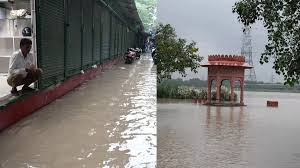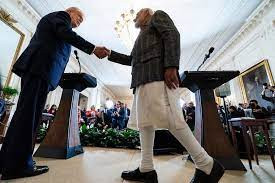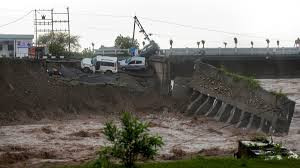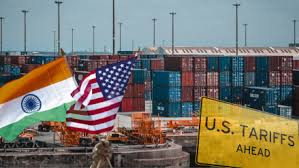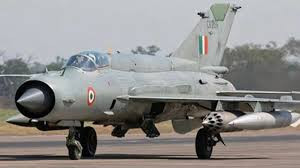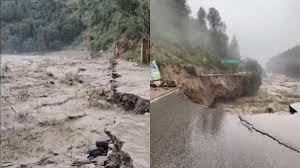Operation Sindoor: Indian Army Strikes 9 Terror Camps Across Pakistan-Occupied Kashmir
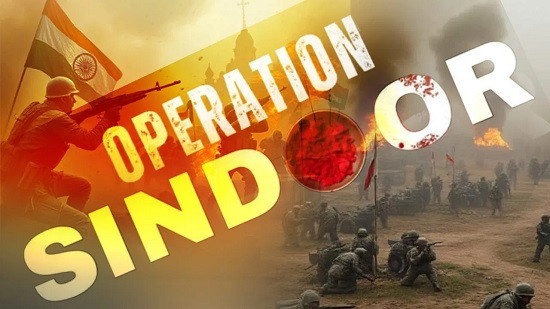
IIE Digital Desk : The Indian Army launched Operation Sindoor, targeting and destroying nine terror launchpads deep inside Pakistan-occupied Kashmir (PoK). The operation, carried out over the past 48 hours, marks one of India’s most significant cross-border military actions since the 2016 surgical strikes and the Balakot airstrikes of 2019.
According to top defence sources, the operation was initiated in response to growing intelligence reports of increased infiltration attempts by terrorists and the strengthening of launchpads along the Line of Control (LoC). These camps were believed to be harboring heavily armed militants ready to be pushed into Indian territory to carry out attacks ahead of the summer months.
The nine terror sites, situated in the regions of Kel, Athmuqam, Tattapani, Jura, Leepa Valley, and Nikial, were known hubs for terror outfits such as Lashkar-e-Taiba (LeT), Jaish-e-Mohammed (JeM), and Hizbul Mujahideen. The Army’s elite special forces, backed by artillery fire and drone surveillance, executed coordinated strikes on these camps with precision.
Official confirmation from the Indian government has not been made public yet, maintaining the policy of strategic ambiguity. However, sources from within the security establishment revealed that dozens of terrorists and their handlers were either neutralized or severely injured in the strikes. In addition, the destruction of weapons stockpiles, communication centres, and training facilities has significantly crippled the operational capabilities of the militant outfits in the region.
The timing of Operation Sindoor is crucial, as India has recently been grappling with a spurt in terrorist activities in Jammu and Kashmir, including the deadly attack on Indian Army personnel in Poonch last month. The Army had vowed retaliation, and this operation appears to be a direct consequence of that promise.
A senior military officer, speaking on condition of anonymity, said, “The message is clear — any attempt to destabilize India or infiltrate terrorists will be met with swift and decisive action. We will strike at the root, even across the border, if needed.”
The operation was reportedly planned with utmost secrecy. The Army used high-precision weaponry and satellite inputs to ensure minimal collateral damage and maximum impact. Ground-level intelligence provided by Indian agencies and local informants also played a key role in identifying the exact locations of the terror camps.
While Pakistan’s military has not yet issued an official statement regarding the strikes, some local Pakistani media have reported "unusual activity" along the LoC and unconfirmed reports of explosions in areas close to the Indian border.
Strategic experts believe Operation Sindoor also serves a larger geopolitical message. With India hosting several major diplomatic events and global forums this year, the operation underlines India’s firm stance on national security and its zero-tolerance policy towards terrorism emanating from across the border.
As the political temperature rises, opposition leaders have sought more information about the operation, calling for a detailed statement from the Defence Ministry. However, government sources maintain that operational details are classified and any official statement, if made, will follow standard military protocol.
You might also like!


